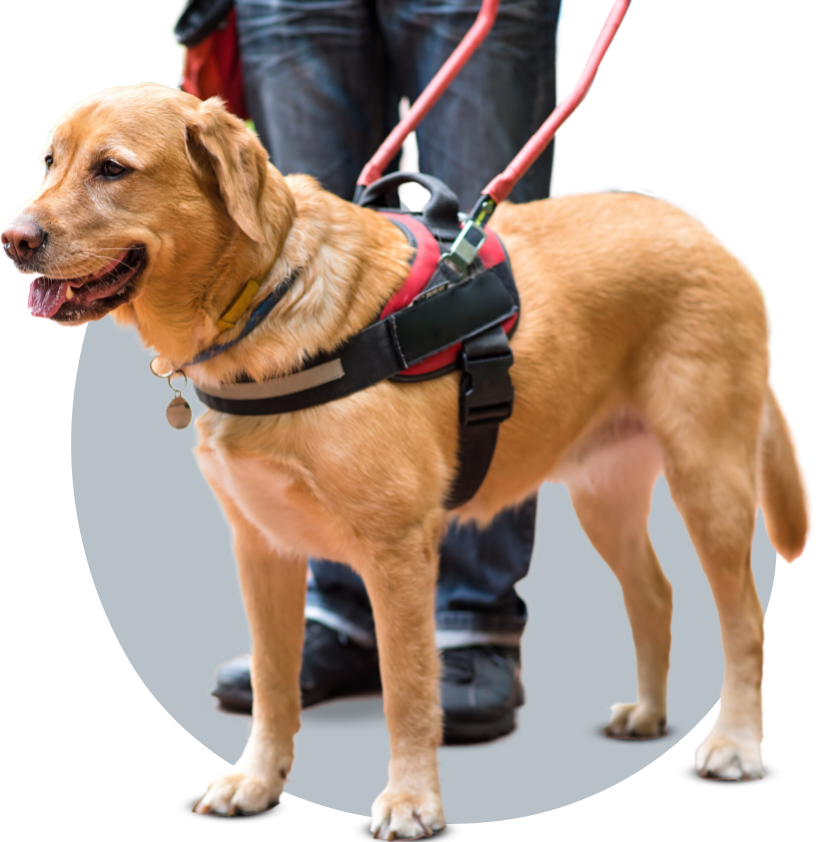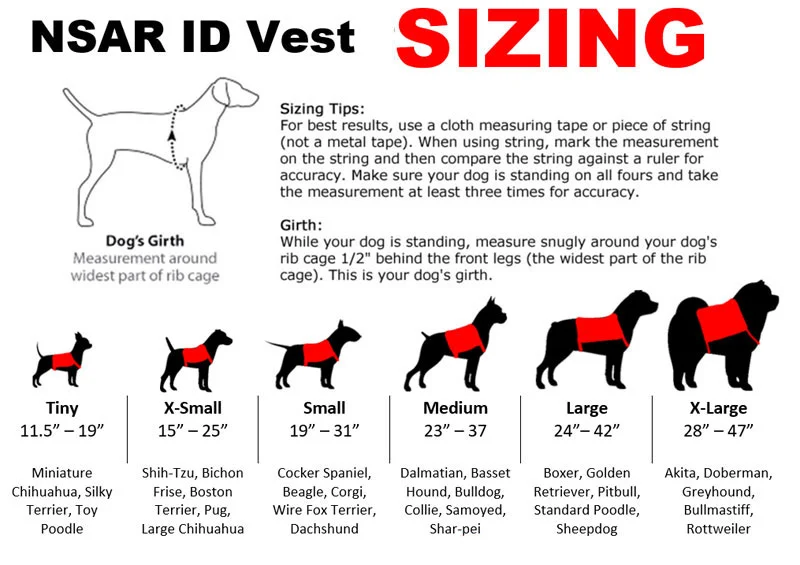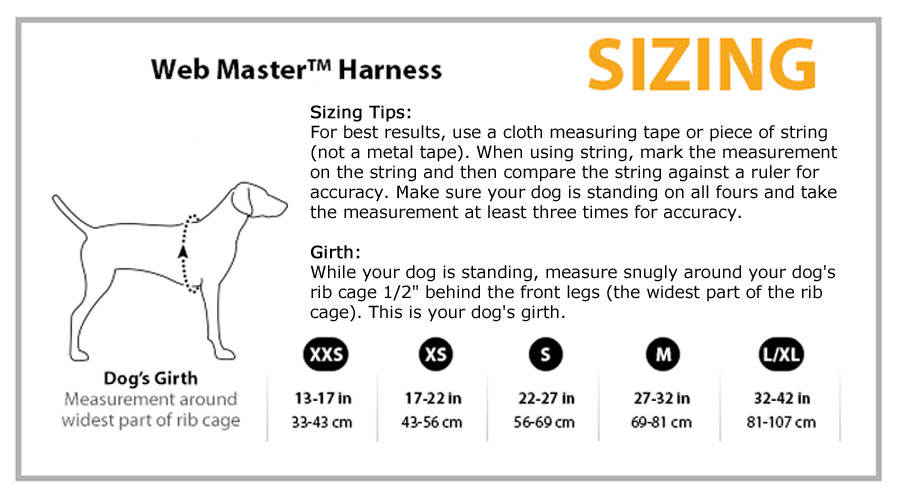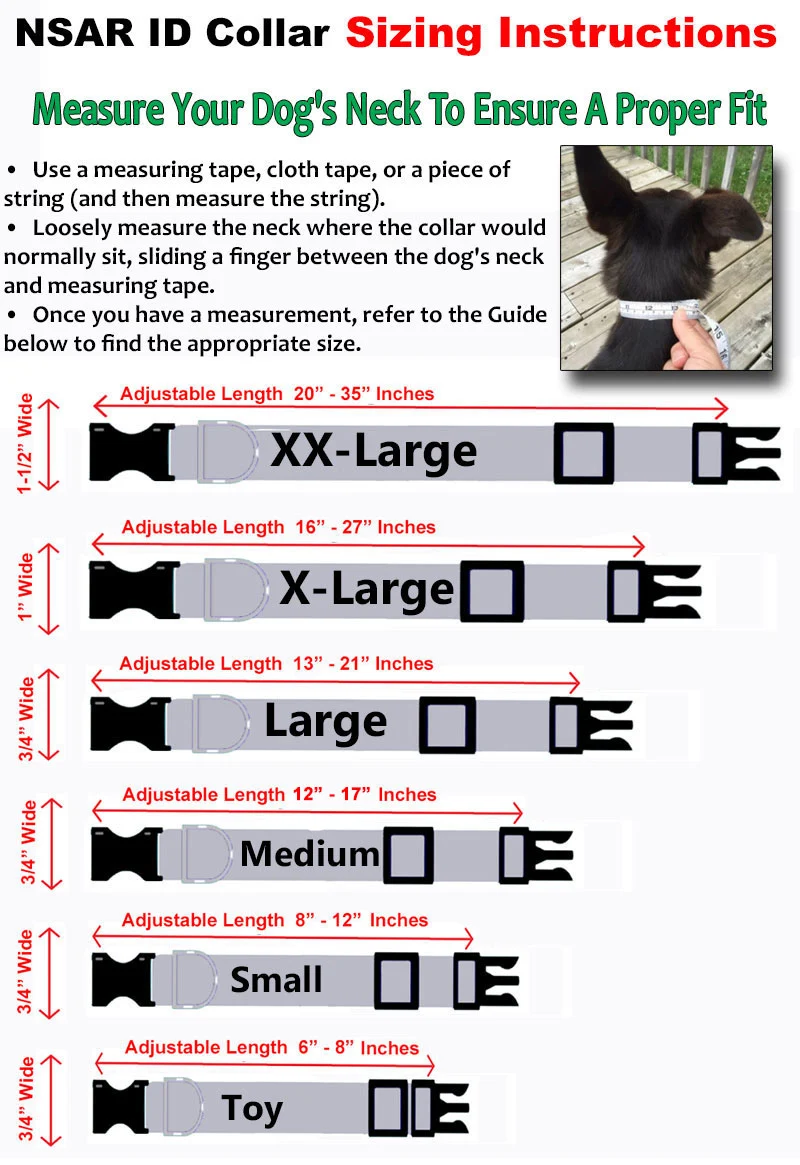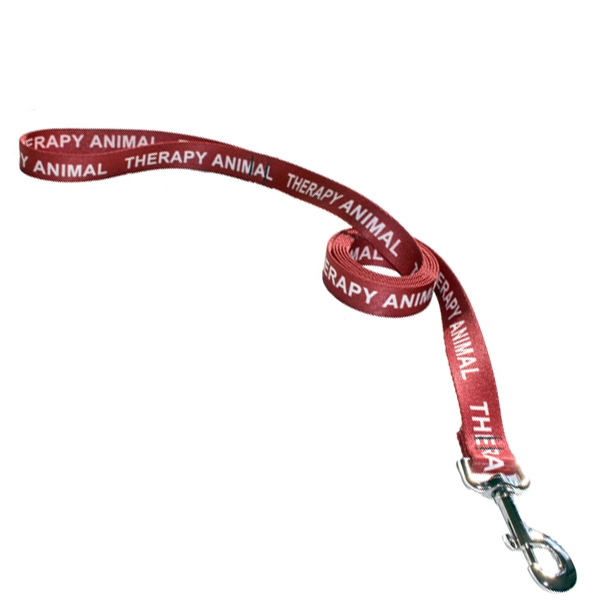How Service Dogs Help Children with Autism Thrive: A Comprehensive Guide for Families and Caregivers

How Service Dogs Assist Children with Autism
Introduction: A Helping Paw in a Complex World
Imagine being a parent of a child with autism who often feels overwhelmed by the sights and sounds of the world. Now, imagine that same child holding the leash of a calm, focused service dog who helps them navigate daily life with greater ease, confidence, and independence. That’s the power of service dogs.
In this guide, we’ll explore how service dogs assist children with autism, the science and success behind the bond, and how families can begin the journey toward working with one. Whether you’re a parent, therapist, or someone interested in the benefits of service animals, this comprehensive article will provide everything you need to know.
In this article, you’ll learn:
- What service dogs do for children with autism
- The key differences between service dogs, emotional support animals (ESAs), and therapy animals
- How service dogs are trained for autism-related tasks
- Legal protections for service dog teams
- Practical steps to qualify and apply for a service dog
- Real-life stories, FAQs, and expert-backed tips
1. Understanding Autism and the Need for Support
What Is Autism Spectrum Disorder (ASD)?
Autism Spectrum Disorder is a developmental condition that affects how a person communicates, processes sensory input, and interacts with others. Each child with autism is unique, but common challenges may include:
- Social difficulties
- Sensory sensitivity (light, sound, touch)
- Communication barriers
- Repetitive behaviors or routines
- Impulsivity or elopement (running away)
These factors can significantly impact the child’s daily life—and their family’s.
Why Service Dogs?
Service dogs can provide consistent, non-judgmental support tailored to the child’s specific needs. Trained to perform tasks that reduce anxiety, improve focus, and prevent dangerous situations, these animals often become trusted companions and protectors.
2. What Is a Service Dog?
Definition and Purpose
A service dog is a specially trained dog that performs tasks directly related to a person’s disability. Under the Americans with Disabilities Act (ADA), service dogs are legally permitted to accompany their handler in public places, including schools and restaurants.
Difference Between Service Dogs, ESAs, and Therapy Animals
| Type of Animal | Purpose | Legal Access to Public Places |
|---|---|---|
| Service Dog | Performs specific tasks for a disability | Yes, protected under ADA |
| Emotional Support Animal (ESA) | Provides emotional support via companionship | No public access rights |
| Therapy Animal | Provides comfort to others in clinical/group settings | No public access rights |
Knowing this distinction is crucial when seeking a support animal for a child with autism.
3. How Service Dogs Help Children with Autism
Common Tasks Autism Service Dogs Are Trained For
- Tracking and Preventing Elopement: If a child wanders off, a service dog can alert caregivers or track their scent.
- Deep Pressure Therapy: Dogs are trained to apply calming pressure, which helps during meltdowns or anxiety episodes.
- Interrupting Repetitive Behaviors: Gentle nudges or paw taps can help redirect the child.
- Safety Support: Dogs act as a barrier between the child and potential hazards (e.g., streets).
- Promoting Social Interaction: Dogs often become social bridges, encouraging peer interaction.
- Sleep Assistance: Some service dogs sleep with the child to provide emotional comfort and reduce night terrors.
Emotional and Developmental Benefits
- Reduces anxiety and improves mood
- Builds confidence and independence
- Encourages responsibility and routine
- Strengthens family bonds through shared goals
4. The Training Process for Autism Service Dogs
Selection and Early Training
Service dogs typically start training as puppies, with a focus on temperament testing and socialization.
Task-Specific Training
Advanced training can take 1.5 to 2 years, covering:
- Public access manners
- Autism-specific task training
- Handling distractions and unpredictability
Handler-Dog Team Training
Before placement, the child and family undergo team training, ensuring they can manage and bond with the dog effectively.
5. Legal Rights and Protections
Americans with Disabilities Act (ADA)
The ADA protects individuals with service dogs, allowing them access to:
- Schools
- Hospitals
- Public transportation
- Restaurants and businesses
Note: Service dogs do not require certification under the ADA, but they must be trained to perform tasks related to a disability.
Education Access: IDEA and Section 504
Under the Individuals with Disabilities Education Act (IDEA) and Section 504 of the Rehabilitation Act, schools must make accommodations for service dogs if they support the child’s educational experience.
6. How to Qualify and Apply for a Service Dog
Steps to Get Started
- Consult a Medical or Mental Health Professional: A diagnosis of autism is required.
- Get a Recommendation or Letter: This supports your application to service dog organizations.
- Research Accredited Organizations: Look for providers accredited by Assistance Dogs International (ADI) or International Association of Assistance Dog Partners (IAADP).
- Submit Application and Undergo Interview
- Complete Training and Placement Process
Cost and Funding
- Average Cost: $15,000 to $30,000
- Options for Help:
- Nonprofit grants
- Crowdfunding (e.g., GoFundMe)
- Local foundations or community sponsorships
- Self-training. The ADA allows anyone to train their own service dog.
7. Tips for Families Considering a Service Dog
- Be patient – the process can take 1–2 years.
- Get the whole family involved – success depends on team support.
- Choose the right organization – avoid scams by sticking with ADI or IAADP-accredited providers.
- Create a transition plan – ease your child into the new routine.
- Work with therapists – incorporate the service dog into existing therapy plans.
9. Frequently Asked Questions (FAQs)
Q: Can any dog become a service dog?
A: Yes. However, you’ll want to consider temperament and other behaviors to ensure they’re a could candidate for training.
Q: Are service dogs covered by insurance?
A: Typically not. However, some nonprofits subsidize costs or provide dogs for free.
Q: Can a child bring a service dog to school?
A: Yes, under ADA and Section 504 protections, with some coordination with school staff.
Q: How old should my child be before getting a service dog?
A: Many organizations recommend ages 5+, but it depends on the child’s development and needs.
10. Conclusion
Service dogs are more than helpers—they’re life-changing companions that empower children with autism to navigate the world with greater ease, safety, and joy.



































































